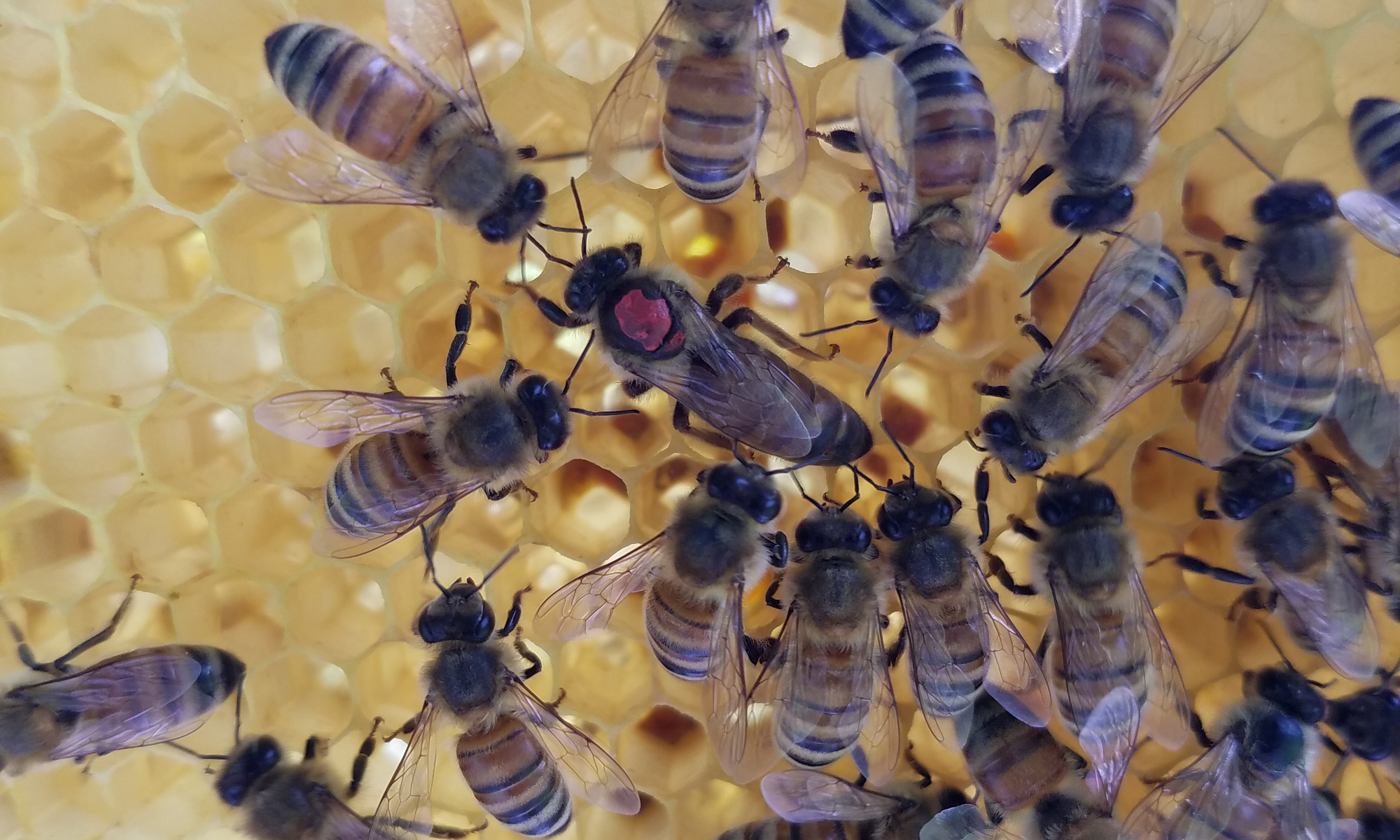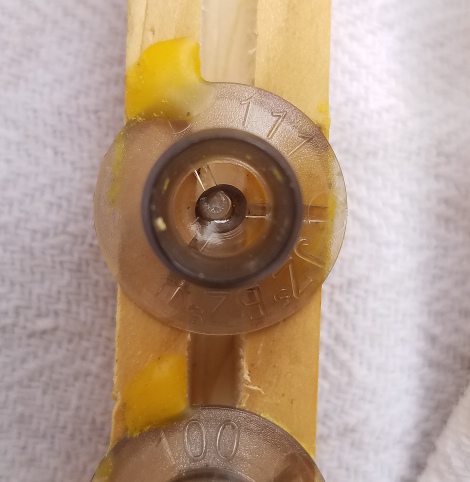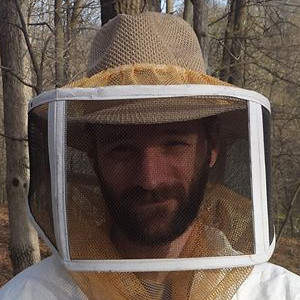Today is grafting day. Grafting is the process of creating new queens by mimicking conditions when the bees will create a queen.First, larvae of the proper age are selected. Here are cells with larvae that is too old for grafting. Those at the bottom left are nearly ready to be capped where they develop into a bee. The larvae at the top right are the youngest, but still a bit too old to graft.
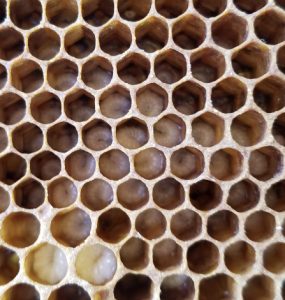
These larvae are just right for grafting. The ideal size is in the top right cell, hardly visible. This one is about 3 days old, and only just emerged from its egg. The larvae in the bottom left are getting a bit too old to graft with. They are likely around 4-5 days old.
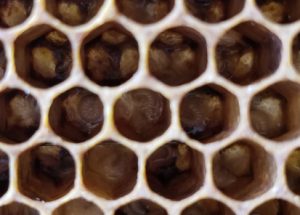
Once the right age larvae is found, it is removed from its current cell carefully with a grafting tool. I often use the flattened end of a paper clip for this task. It takes a very steady hand to get them from the cell without damaging them. Here is one at the end of this paper clip, ready for the next step.
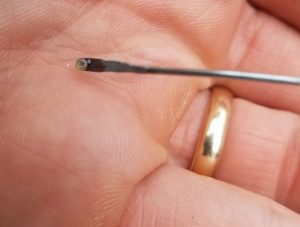
Once the larvae is removed from its cell, it is placed into a cell cup, shown below. The cups are attached to a wooden bar, which is placed into a special frame. The cells will face down, replicating cells the bees make to produce queens.
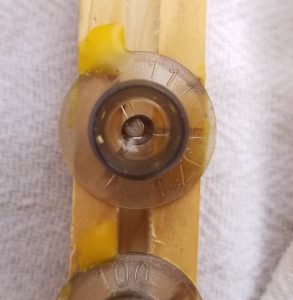
Over the next few days the bees will feed abundant royal jelly to these larvae allowing them to develop into queens. They will then seal them in a long cell resembling a morel mushroom, where she’ll transition from larvae to queen bee.
Despite working in IT, I prefer spending my time outdoors. I enjoy beekeeping, hiking, camping, and about anything else I can do outside. A Do-It-Yourself’er, I’ve spent much of my life learning new skills like beekeeping, carpentry, mechanics, construction, and more. This gives a refreshing break from the days of screen time we all endure.
